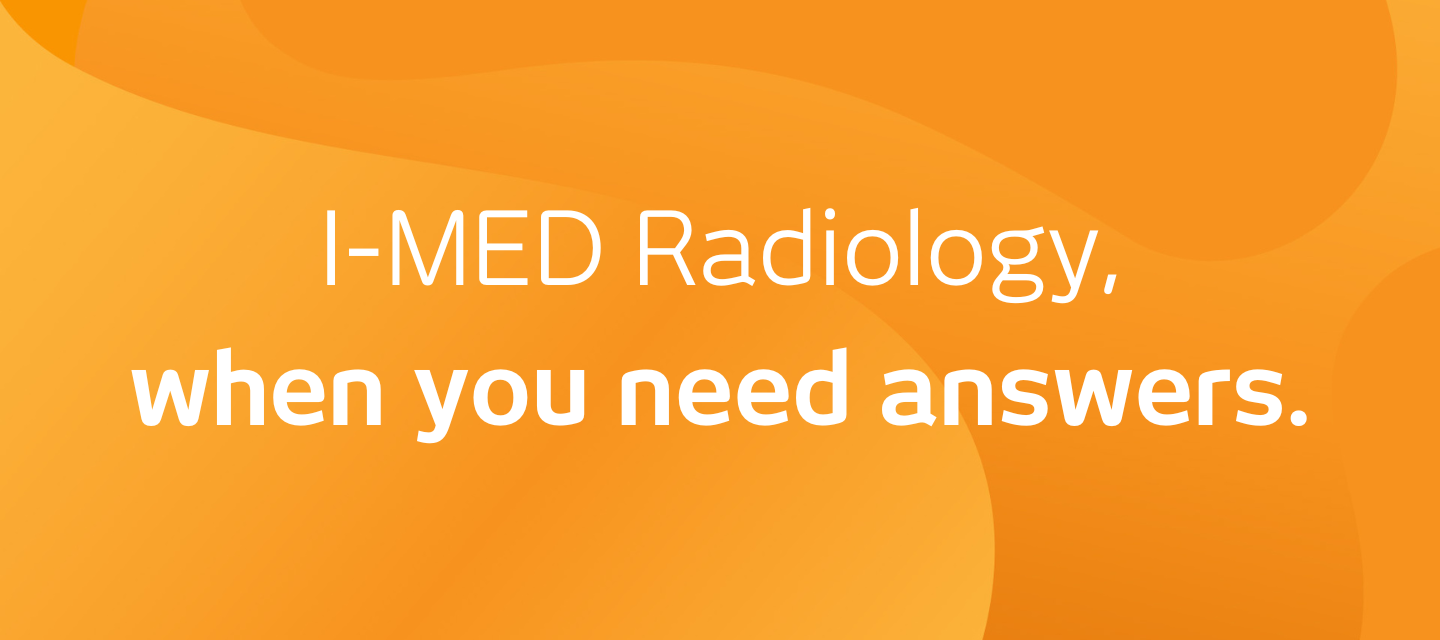
Thoracocentesis or pleural tap
Thoracocentesis or pleural tap
What is thoracocentesis or pleural tap?
Sometimes fluid or air can build up in the cavity between your lungs and chest wall. It is called pleural effusion. It puts extra pressure on your lungs, making it hard to breathe. To remove the excess fluid and find out what's causing it, doctors use a procedure called thoracentesis. Thoracocentesis uses image guidance to insert a needle through the chest wall to drain fluid or occasionally air which has accumulated in the chest (pleural) cavity.
How do I prepare for this procedure?
keyboard_arrow_down
- You will be given instructions by our booking staff regarding the time of your appointment and any necessary preparation.
- You are not required to fast for this procedure.
- You need to notify us and your referring doctor if you are on blood thinning medications or injections (eg aspirin, warfarin, coumadin, Plavix or Clexane etc.) or if you are taking fish oil or krill oil as these also increase the risk of bleeding. These medications may need to be stopped for several days prior to your procedure.
- Please shower on the morning of your procedure before coming to the hospital.
What happens during the procedure?
keyboard_arrow_down
- You will be changed into a gown and taken into an ultrasound room in the radiology department.
- The back of your chest will be wiped clean with an antiseptic fluid. The specialist Radiologist will locate the fluid in your chest using ultrasound imaging and determine the safest way to reach the fluid.
- You will be fully awake during the procedure but the doctor will numb a small area of skin with local anaesthetic for your comfort.
- A needle is used to insert a thin plastic drainage tube into the fluid through the numbed area of skin. After the required amount of fluid is drained, the tube is removed and a small dressing will be placed over the puncture site.
What happens post procedure?
keyboard_arrow_down
- The radiology nursing staff will monitor you after the procedure. You may need to be observed in the department for up to 1 hour. You may also need a chest x-ray after the procedure to check for any complications.
- If a large amount of fluid has been removed you may feel the need to cough or feel a little breathless.
- You will need to have someone drive you home upon your discharge.
- Most patients will have a tiny wound on their skin at the site where the drain was inserted. Fluid may leak out of the wound under the dressing. It is important to keep the wound covered with a clean, dry dressing until it is no longer leaking any fluid.
- You may have a shower but should avoid any strenuous activity for at least 5 days until the wound fully heals.
- A simple pain killer such as paracetamol should be sufficient if there is any discomfort once the local anaesthetic wears off.
How do I get my results? keyboard_arrow_down
Your doctor will receive a written report on your test as soon as is practicable.
It is very important that you discuss the results with the doctor who referred you so they can explain what the results mean for you.
Most results are normal. Occasionally, small changes are seen that need further review.
If your results are normal you will be able to return for routine screening (usually every 2 years). If your results are uncertain or show changes you may need to consider additional imaging (diagnostic mammogram, ultrasound, or biopsy) in discussion with your referring doctor.
Related procedures

This information has been reviewed and approved by Dr Ronald Shnier (I-MED Chief Medical Officer).
Related articles

Related procedures

This information has been reviewed and approved by Dr Ronald Shnier (I-MED Chief Medical Officer).
Related articles

